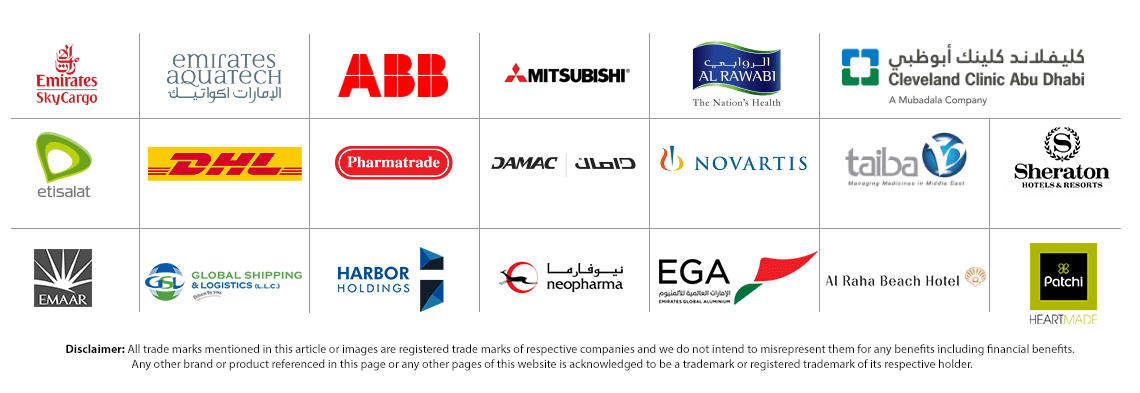Instrumentation & control
Instrumentation and control is implemented in our everyday life which work with or without our knowledge. The simplest example will be an air conditioner which has a thermostat continuously measuring the room temperature and controlling the AC unit by switching ON and OFF. A complicated example can be measuring hundreds of input conditions and controlling a valve based on all these inputs in an oil industry.
What is an instrumentation system?
Instrumentation is characterized as the art and study of estimation and control of the process factors inside a production or manufacturing region. The procedure factors utilized in businesses are Level, Pressure, Temperature, Humidity, Flow, pH, Force, Speed, and so on.
Any instrumentation system has two functions as explained below:
- Measurement & recording– This involves various measurements through sensors and various measuring instruments. The recording system can be optional, but measurement system is essential
- Control systems- Based on one or more values of the input devices, various output control signals will be generated
In the previous example of a home air conditioner, this can be explained. If the thermostat of the AC unit is adjusted to 22 Deg Centigrade, it means that the room should always be maintained below 22 Deg C. In this case the sensor of the thermostat is the measuring device. If the temperature goes above 22 Deg C, the thermostat will give a signal to the compressor to switch ON. This is the control system. In the simplest form of a thermostat, there is no recording of the room temperature. But it is also possible to record the temperature continuously which will form a complete instrumentation system covering measurement, record and control.
Measurement components of instrumentation system
Any type of parameter can be measured using various types of sensors, analog inputs etc. Few of the major measuring parameters are listed below:
- Flow: sensors can be installed for detecting the flow inside a pipe, duct etc whenever there is a high flow corresponding valves can be controlled.
- Temperature: We can see temperature sensors everywhere but some just take the input and shows us the temperature, effective control reduces wastage of resources
- Humidity: Maintaining humidity inside a tea factory, extends the shelf life and taste of tea
- Level: Alarm generated whenever the level of fluid inside a tank prevents the wastage
- Angle: Some valves are fitted with angle sensors to note down whether the valve is open or closed.
- Pressure: Inside a tank some of the critical factors which will develop is pressure, it must be controlled in a proper way to prevent malfunctions.
- Speed : Speed of motor, axle etc.
- Vibration: of machine parts, or any vibrating parts
- Acceleration: of a motor, machine etc.
- Density: Density of water, liquid etc.
- Viscosity: viscosity of liquids
- electrical parameters such as voltage, current, frequency etc.
Output components of an instrumentation system
Any output systems can be controlled using electrical control signals.
The various outputs being controlled are
- valves
- solenoids
- regulators
- breakers
- contactors
- auxiliary relays
- pumps
- pneumatic controls
- Hydraulic systems
- Actuators
Also the input signals are sent to a HMI, SCADA etc. for continuous monitoring and also to give manual control signals to bypass automatic signals.
In the Middle East, we serve the United Arab Emirates, Kingdom of Saudi Arabia, Oman, Qatar, Bahrain, Iraq, Lebanon, Egypt, Jordan, Libya, Tunisia etc.
In Africa, we serve countries including Kenya, Algeria, Tanzania, Djibouti, Chad, Ghana, Rwanda, Uganda, Nigeria, Ethiopia, Morocco, Angola, South Africa etc.
Also, we supply to India, Bangladesh, Pakistan, Afghanistan, Kazakhstan, Srilanka, Maldives and Cyprus.

